November 18, 2024
Winter Spiti Travel Guide: Explore the Beauty of White Spiti
CM Content Team
Altitude: 4270m
Winter in Spiti Valley transforms the region into a pristine, snow-laden wonderland, offering a rare glimpse of untouched beauty. Known for its high-altitude desert landscapes, Spiti in winter provides travellers with serene, crowd-free exploration opportunities, where frozen rivers, snow-dusted monasteries, and quiet villages create a peaceful retreat.
A winter Spiti expedition goes beyond scenic views; it’s an immersion into local culture and warmth. Visitors experience traditional winter festivals, cozy homestays, and the resilience of the Spitian community. This guide covers all the essentials for exploring Spiti in winter, including preparations, key winter destinations, thrilling activities, and essential travel tips for an unforgettable journey in winter Spiti Valley.
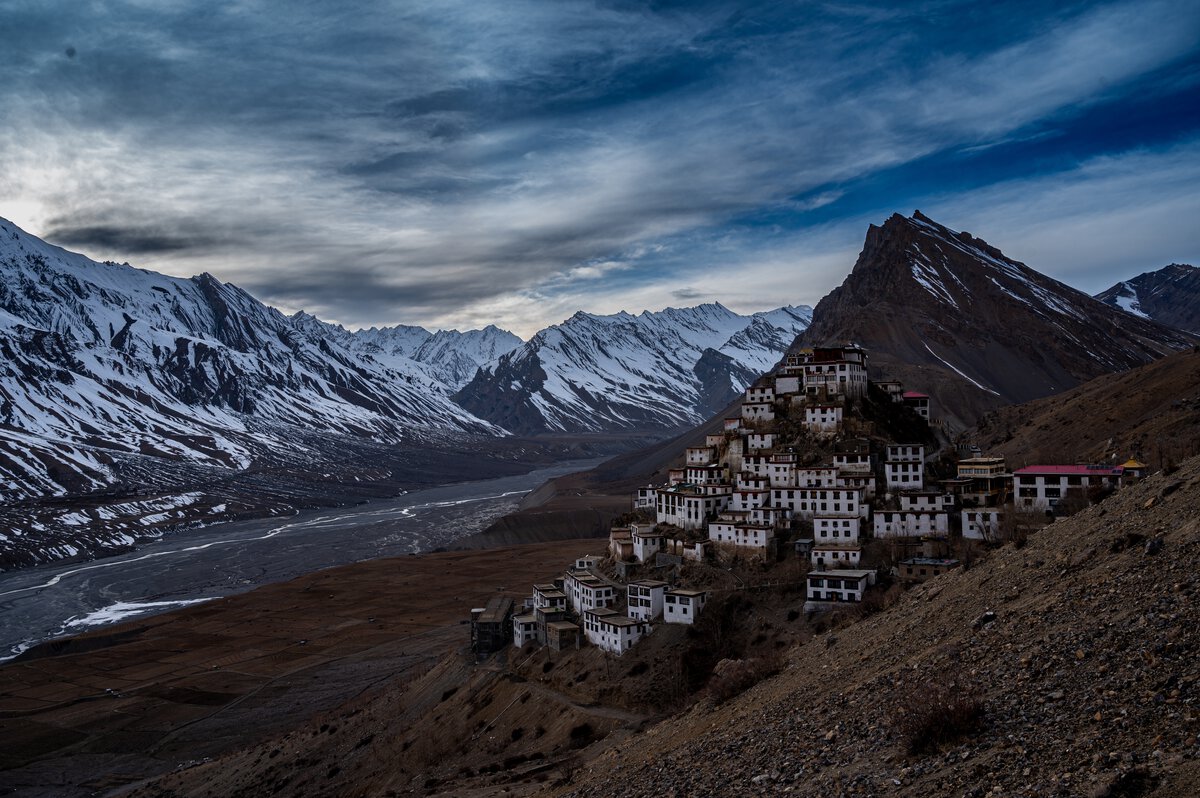
Visiting Spiti Valley in winter unveils one of India’s most pristine, isolated landscapes, as snow blankets the vast desert and towering peaks sparkle under clear skies. White Spiti valley offers a rare, crowd-free experience with unmatched solitude and tranquillity.
The valley’s raw beauty is captivating, with snow-dusted mountains, frozen rivers, and remote villages adorned with Tibetan prayer flags. Exploring Spiti in winter immerses travellers in authentic local life, where communities share traditional meals and celebrate seasonal festivals, including Losar, the Tibetan New Year.
A winter Spiti expedition also brings deeper connections to Spiti’s spiritual heritage. Buddhist monasteries, set against snowy backdrops, host peaceful gatherings, vibrant rituals, and prayer sessions. Winter in Spiti Valley is not only visually breathtaking but also offers a unique cultural experience, making it an unforgettable journey.
Weather conditions in Winter: Winter in Spiti Valley is extremely cold, with temperatures ranging from -5°C to -20°C and sometimes dropping below -30°C at night. Heavy snowfall from December to February blankets the valley. Clear, sunny days are common, but dry, biting winds make it feel even colder. Roads can be icy and challenging, leading to possible delays.
Best Time of Experience winter Spiti: For the best winter experience, plan a visit between January and early March and be well-prepared for harsh conditions.
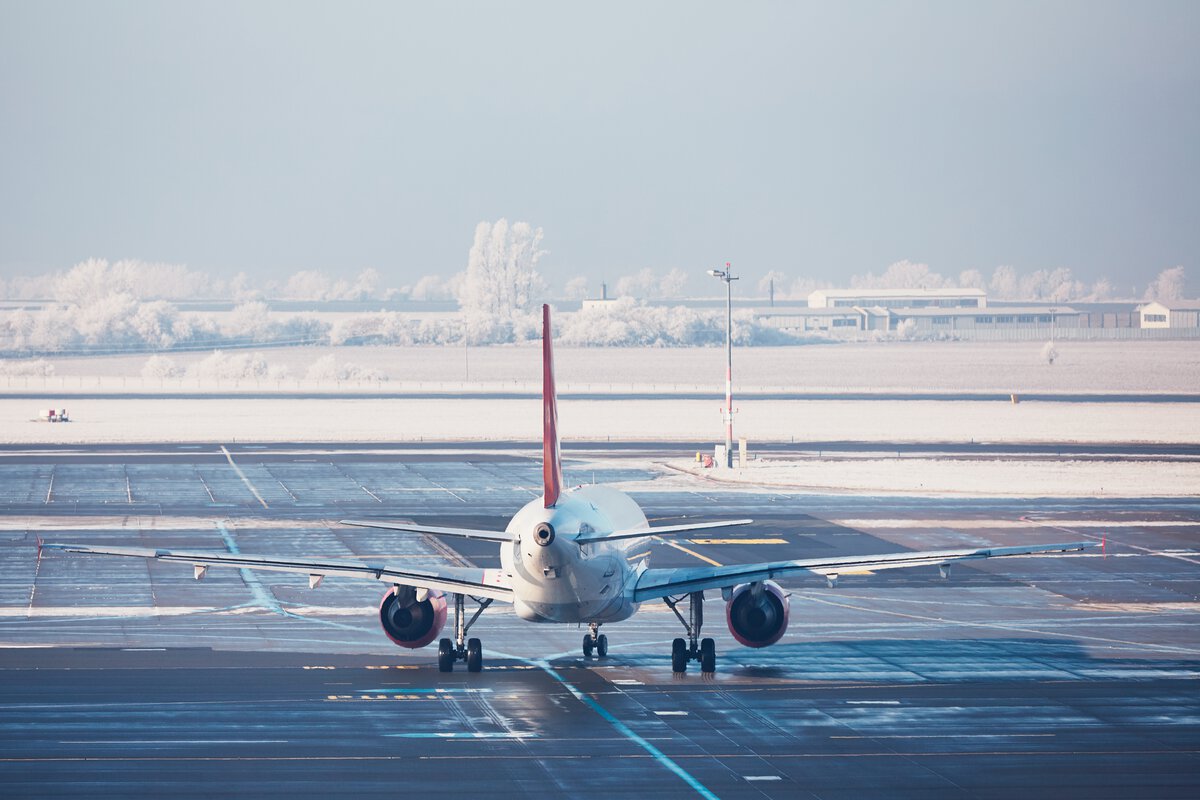
Closest Airport: Bhuntar Airport (Kullu-Manali Airport) near Kullu, around 245 km from Kaza, Spiti’s main town. Due to limited flights and connectivity, it’s often easier to fly into Shimla Airport (around 412 km from Kaza) and continue by road.
Closest Railway Station: Shimla Railway Station – Around 416 km from Kaza.
Closest Bus Station: Reckong Peo Bus Station, 200 km from Kaza
Reaching Spiti Valley in winter is a thrilling adventure, with snowy landscapes and challenging routes adding excitement to the journey. Due to heavy snowfall the Manali route closes when the Rohtang and Kunzum passes become impassable. For a safe winter Spiti expedition, travellers should plan exclusively via the Shimla-Kinnaur route, the only accessible path during winter.
The Shimla-Kinnaur Route: The Shimla-Kinnaur route is the preferred and most reliable way to reach Spiti valley in winter. Starting from Shimla, this route passes through Kinnaur, leading you through winding mountain roads with breathtaking snow-covered views. Although the journey may take longer due to road conditions, the route remains open through most of the winter season. You will enjoy the unforgettable views of snow-clad mountains and remote villages, making the journey itself a memorable part of your winter Spiti expedition
Consider staying at Club Mahindra Shimla or Club Mahindra Pristine Peaks Naldehra resorts before starting your Spiti winter expedition. These resorts in Shimla, Himachal Pradesh offer cozy rooms, modern amenities and breathtaking mountain views that are ideal for unwinding before a winter adventure.
Transportation and Travel Tips: Traveling to Spiti in winter often requires private or hired vehicles, as public transportation options become limited. Hiring a sturdy, well-equipped SUV with a reliable local driver experienced in winter roads is highly recommended. Be sure to check road conditions and weather forecasts before starting your journey, as snow and ice can lead to occasional roadblocks.
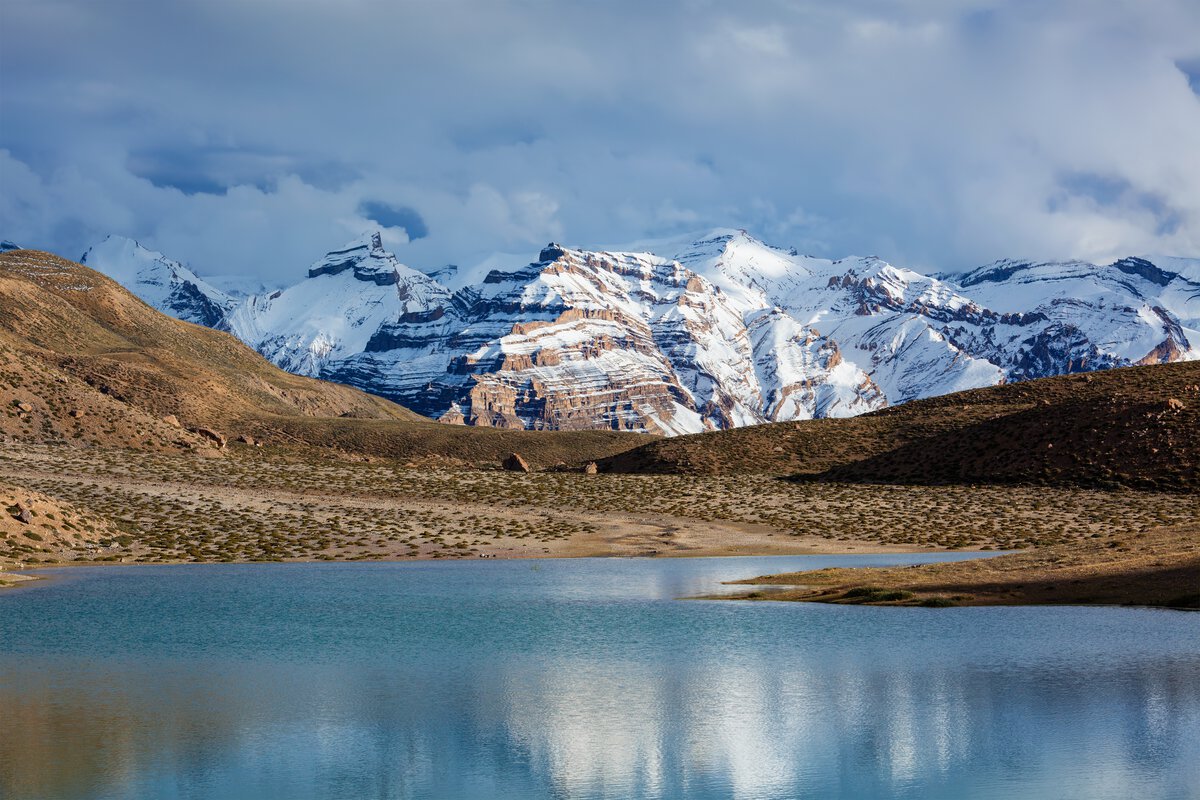
Spiti Valley in winter reveals a magical side of its iconic destinations, as snow blankets the landscape and transforms each location into a serene, surreal experience. Here are some must-visit spots in winter Spiti valley, each with its own unique beauty and charm.
What to See and Do: In Kaza, you can stroll through the town’s quiet lanes, visit local shops, and soak in the views of snow-covered peaks. Kaza is also an ideal starting point for visiting nearby monasteries and villages, which offer a deeper look at Spiti’s winter charm.
When to Visit: Kaza is accessible via the Shimla-Kinnaur route throughout winter, making it a safe and steady base to explore Spiti in winter.
What to See and Do: In winter, the monastery offers a peaceful retreat where you can witness monks chanting, meditating in quiet halls, and enjoying panoramic views of the valley. The tranquil setting and serene beauty of Key Monastery in winter make it a highlight of any winter Spiti expedition.
When to Visit: The monastery is accessible from Kaza during most of the winter, though heavy snowfall may occasionally block the route, so it’s best to check conditions in advance.
What to See and Do: Explore the monastery’s ancient murals and statues, dating back to 996 AD. The calm winter atmosphere allows for a more intimate experience of Tabo’s art and architecture, making it a must-visit site in winter Spiti valley.
When to Visit: Like Kaza, Tabo is accessible from the Shimla route in winter, though road conditions should be checked regularly as snowfall can cause delays.
What to See and Do: At Dhankar, you can explore the ancient monastery, admire the Himalayan landscape, and take in sweeping views of the valley below. The monastery also has a small museum and meditation areas, which feel especially tranquil in the quiet winter season.
When to Visit: Dhankar can be visited in winter, though it may be more challenging to reach due to snow. Travelers should consult local advice on road accessibility before setting out.
What to See and Do: The sight of a frozen Chandratal Lake under the clear winter sky is awe-inspiring and offers fantastic photo opportunities. If accessible, visitors can enjoy the quiet, otherworldly beauty of the lake and its surrounding peaks, experiencing one of the most unique winter destinations in Spiti.
When to Visit: Typically, the lake is difficult to reach in winter due to snowbound paths, so visiting Chandratal is only feasible in early winter or with a guided winter Spiti expedition.
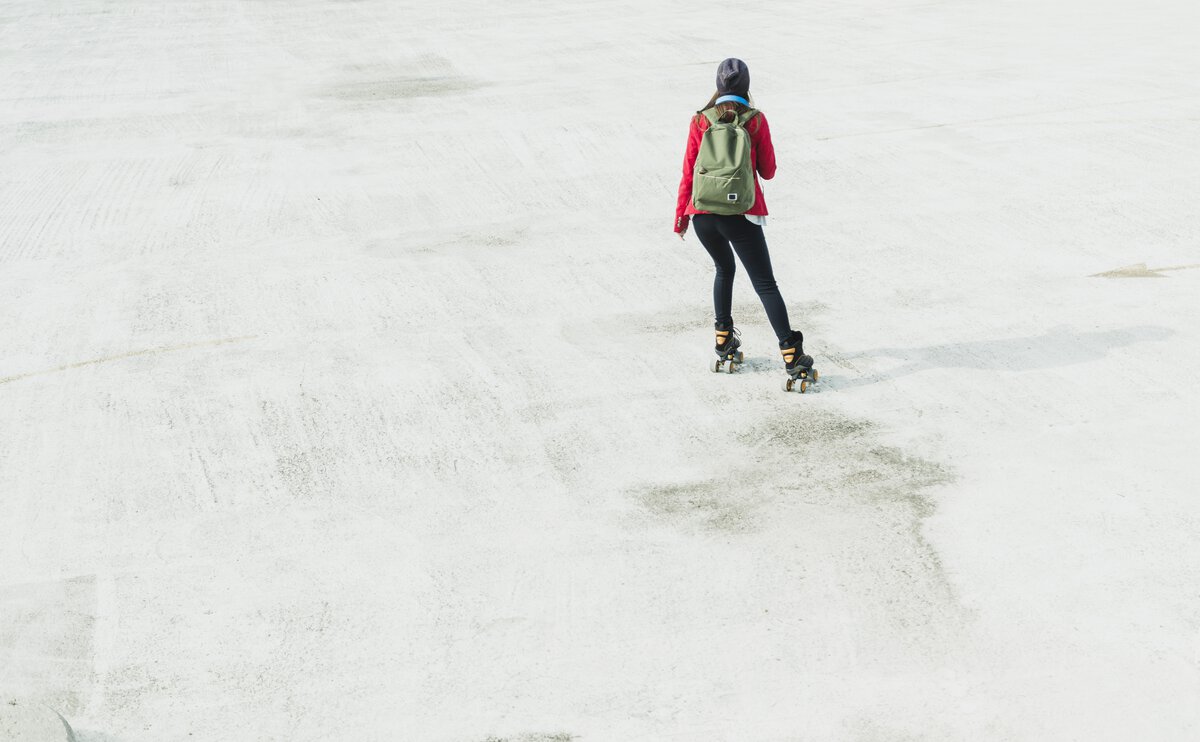
A winter Spiti expedition offers not only spectacular landscapes but also a range of exciting activities that reveal the valley’s adventurous and cultural sides. Here’s a closer look at some unique winter activities in Spiti Valley.
Where to Experience It: Snow trekking trails near Kaza and Key Monastery are popular for winter treks, while natural ice-skating rinks can be found on frozen ponds or rivers when conditions permit. Winter sports in Spiti are best enjoyed with local guides to ensure safety on the icy terrain.
Where to Spot Wildlife: Snow leopard sightings are most frequent in areas around Kibber and Hikkim, where trained guides offer wildlife tours during the winter season. These guided tours are ideal for observing wildlife responsibly while gaining insights into the ecosystem of winter Spiti valley.
Best Spots for Winter Photography: Key Monastery, Dhankar Monastery, and the surrounding snow-laden peaks are ideal for capturing Spiti in winter. Photography enthusiasts can also capture local life, including villagers and monks against the snowy backdrop, providing a more intimate perspective on Spiti valley’s winter charm.
Local cuisine also takes on a unique flavour in winter, as households prepare hearty meals like Thukpa (noodle soup), butter tea, and steamed momos to keep warm. Staying in a local homestay during winter in Spiti valley allows travellers to savour authentic Spitian hospitality, often shared around a warm stove and accompanied by stories of life in the valley.
Where to Experience It: Most villages in Spiti, including Kaza, Key, and Tabo, offer homestay options where travelers can participate in local festivals and enjoy traditional meals, creating memories that go beyond sightseeing.

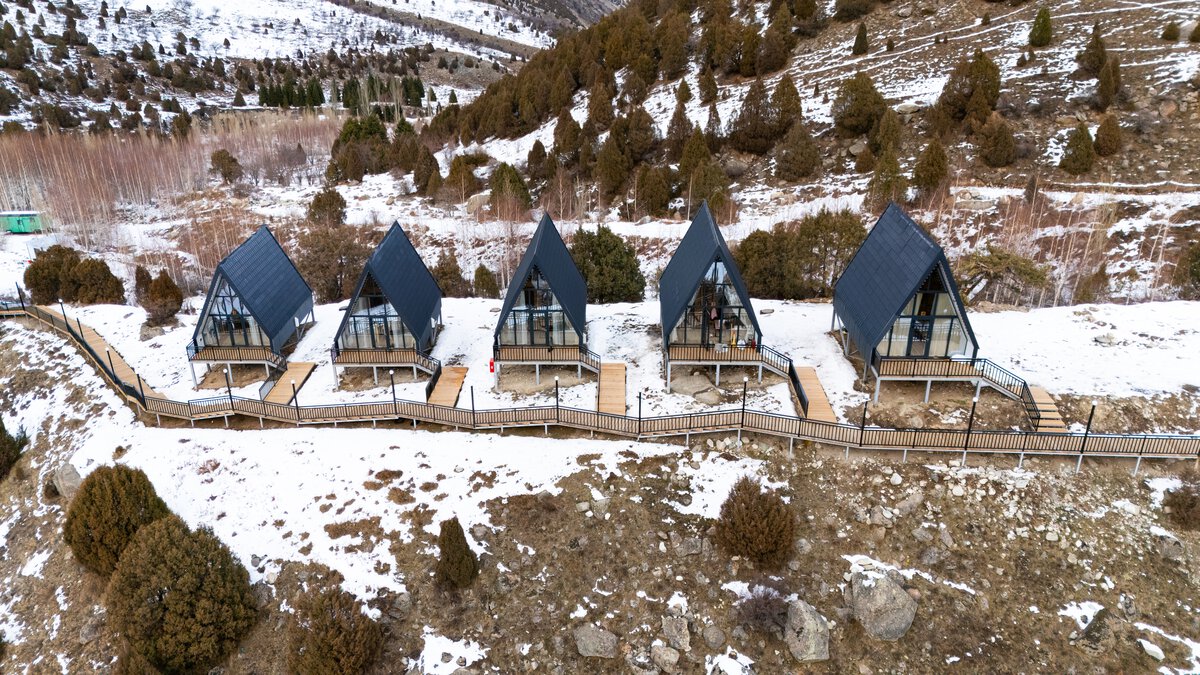
In winter, accommodations in Spiti Valley are limited, with most standard hotels closed due to extreme cold.
Homestays and guesthouses become the primary options, offering warmth, comfort, and a chance to experience Spitian culture up close. These family-run lodgings are equipped with wood-fired stoves or Bukhari heaters, helping guests stay cosy in the harsh winter cold. Hosts provide home-cooked meals, traditional teas, and insights into Spitian life, making a winter Spiti expedition both authentic and memorable.
When selecting accommodations in Spiti Valley during winter, choose places with reliable heating and meal arrangements, as resources can be limited. Many homestays offer full board, ensuring both warmth and nourishment.
Opting for local accommodations supports sustainable tourism, directly benefiting Spiti’s residents during challenging winter months. Staying in homestays not only adds to the experience but also contributes to Spiti’s economy, making for a meaningful winter journey.
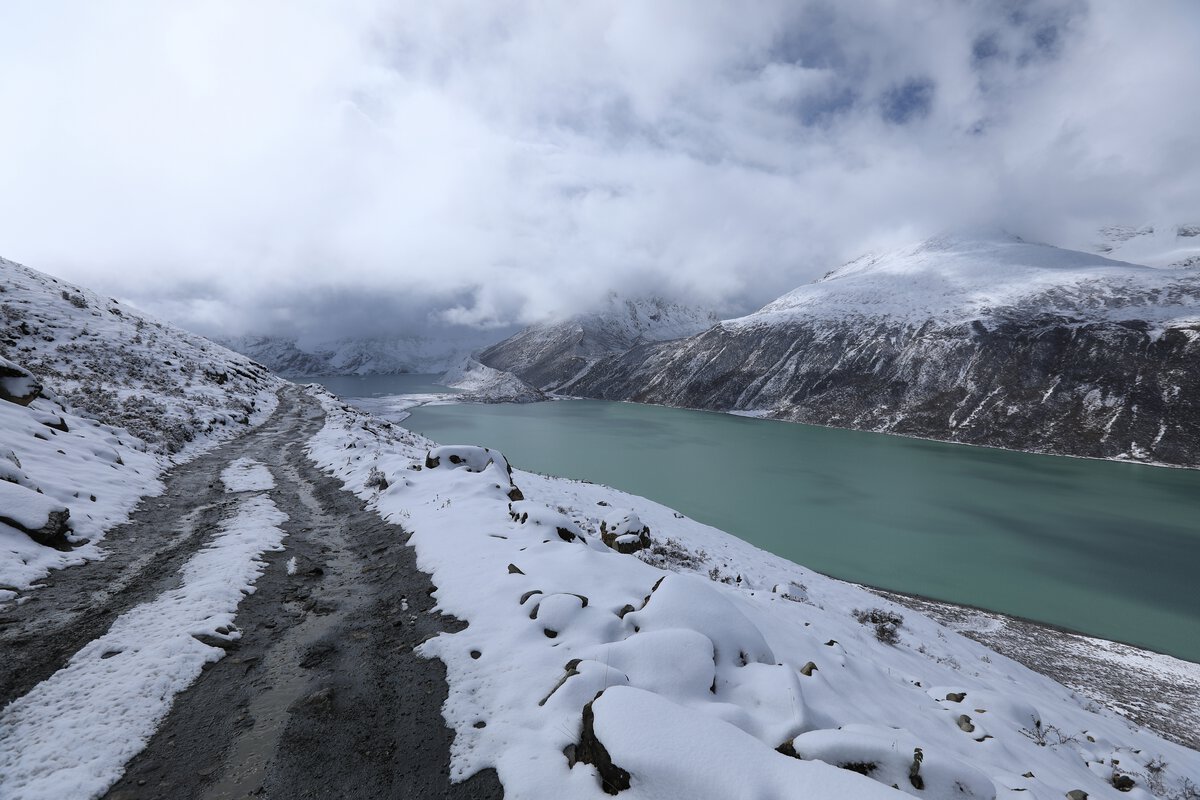
 A winter Spiti expedition is an unforgettable experience, but it also comes with its own set of challenges. The valley’s remote location, extreme weather, and high altitude require careful planning and awareness. Here are some key challenges travellers may face while exploring Spiti in winter, along with practical tips to overcome them.
A winter Spiti expedition is an unforgettable experience, but it also comes with its own set of challenges. The valley’s remote location, extreme weather, and high altitude require careful planning and awareness. Here are some key challenges travellers may face while exploring Spiti in winter, along with practical tips to overcome them.
Tip: Prepare for extreme cold by packing multiple layers of thermal clothing, a high-quality insulated jacket, and warm accessories like gloves, hats, and scarves. Heated water bottles, heat packs, and a good sleeping bag rated for sub-zero temperatures can also make a significant difference in comfort.
Tip: Always check road and weather conditions before starting your journey. Traveling with an experienced driver familiar with winter roads in Spiti valley is highly recommended. If possible, hire a local guide or book a group tour that includes transport arrangements for a safer travel experience.
Tip: Acclimate gradually by spending a day or two at a lower altitude before ascending to Spiti in winter. Stay hydrated, avoid alcohol, and pace yourself while exploring. It’s also a good idea to consult your doctor about altitude medication if you’re prone to altitude sickness.
Tip: Inform friends or family about your travel itinerary before entering Spiti in case of limited communication options. Carry power banks and extra batteries for your devices, and remember that staying off-grid can be a rewarding way to fully immerse yourself in the natural beauty of winter Spiti valley.
Tip: Travel with a basic medical kit that includes altitude sickness medication, first aid essentials, and emergency contact numbers. Keep a detailed itinerary with emergency contacts, and consider joining a group tour or travelling with a guide for additional support.
Exploring Spiti Valley in winter offers serene beauty, cultural depth, and thrilling adventure. Snow-covered landscapes, frost-dusted monasteries, and the warm hospitality of Spitian locals make a winter Spiti expedition truly transformative. Despite challenges like extreme cold and remote conditions, Spiti provides unmatched tranquillity and wonder in winter.
A winter visit immerses travellers in the valley’s quiet solitude, local traditions, and resilient lifestyle. Whether trekking snowy trails, gazing at frozen rivers, or sharing stories around a warm fire in a homestay, Spiti in winter creates unforgettable memories.
For those seeking a unique adventure, raw beauty, and cultural richness, Spiti Valley in winter is a destination worth embracing. Plan and prepare well to experience the captivating magic of this remote Himalayan paradise.
FAQs
The best winter months to visit Spiti Valley are December to February.
With unexpected snowfall, sub-zero temperatures, and blocked routes, accommodation options are limited, often offering only basic amenities.
During Summer: Club Mahindra White Meadows, Manali and Club Mahindra Snow Peaks, Manali.
During Winter: Club Mahindra Shimla and Club Mahindra Pristine Peaks Naldehra.
Getting a Club Mahindra membership is simple! Start by visiting their official website and book an appointment with a Holiday expert to explore the various membership plans. Once you've found the plan that suits you best, you can easily complete your purchase online or with the help of a friendly representative. With flexible payment options for the membership fee, you'll be ready to enjoy all the amazing benefits in no time!
Mahindra Holidays & Resorts India Ltd. (MHRIL), a part of Leisure and Hospitality sector of the Mahindra Group, offers quality family holidays primarily through vacation ownership memberships and brings to the industry values such as reliability, trust and customer satisfaction. Started in 1996, the company's flagship brand ‘Club Mahindra’, today has over 290,000 members , who can holiday at 140+ resorts in India and abroad.